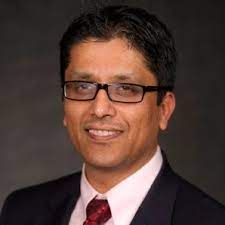Renowned Speakers

MINHONG CHOA
Yonsei University South Korea

Reinhard Gabathuler
Bioasis Technologies Inc Canada

Susan Ciotti
Nan Bio corporation USA

Raweesh Chaudhary
Biogen Inc USA

Wafa T. Al-Jamal
University of East Anglia UK

KHAUDEJA BANO
EXECUTIVE MEDICAL DIRECTOR, COMBINATION PRODUCT SAFETY HEAD GLOBAL PATIENT SAFETY & PEDIATRICS AMGEN USA

Vladimir P. Torchilin
Northeastern University USA

Eliana Silva de Moraes
President Brazilian Regulatory Affairs France
Recommended Global Pharmaceutical Sciences Webinars & Conferences
Asia Pacific & Middle East
Pharma Formulations 2025
To Collaborate Scientific Professionals around the World
Conference Date September 22-23, 2025
For Sponsors & Exhibitors
Speaker Opportunity
Useful Links
Past Conference Report
Supported By
All accepted abstracts will be published in respective Conference Series International Journals.
Abstracts will be provided with Digital Object Identifier by
